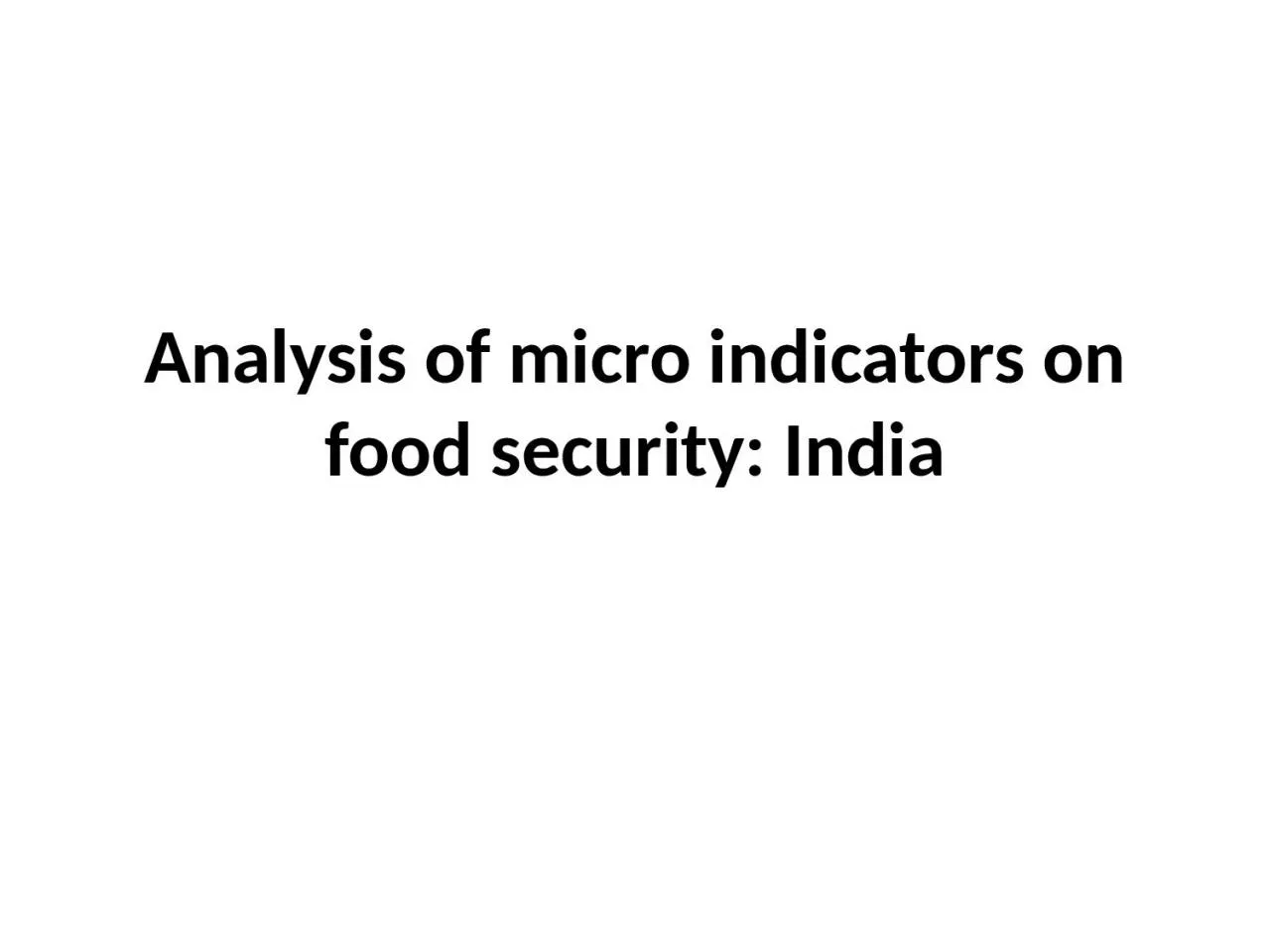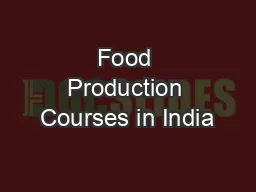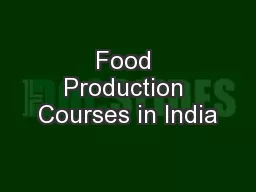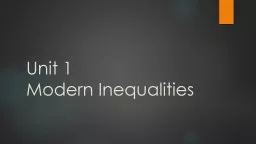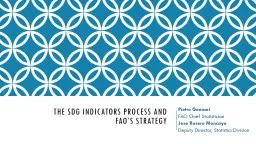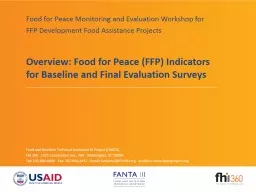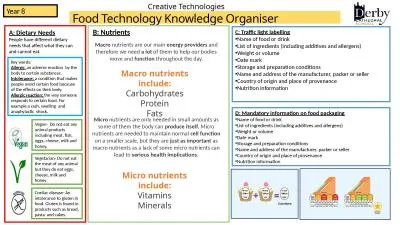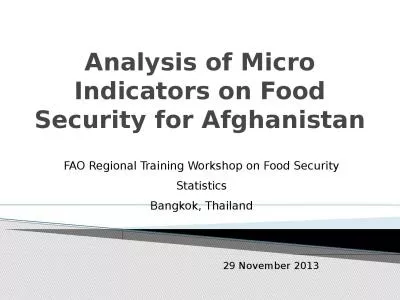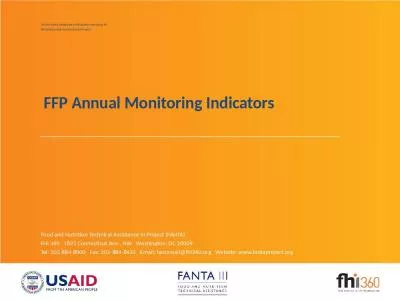PPT-Analysis of micro indicators on food security: India
Author : gagnon | Published Date : 2024-01-29
Population 11 billion GDP per capita 2600 Agriculture 176 percent of GDP Agricultural Production rice wheat oilseed cotton jute tea sugarcane potatoes
Presentation Embed Code
Download Presentation
Download Presentation The PPT/PDF document "Analysis of micro indicators on food sec..." is the property of its rightful owner. Permission is granted to download and print the materials on this website for personal, non-commercial use only, and to display it on your personal computer provided you do not modify the materials and that you retain all copyright notices contained in the materials. By downloading content from our website, you accept the terms of this agreement.
Analysis of micro indicators on food security: India: Transcript
Download Rules Of Document
"Analysis of micro indicators on food security: India"The content belongs to its owner. You may download and print it for personal use, without modification, and keep all copyright notices. By downloading, you agree to these terms.
Related Documents

